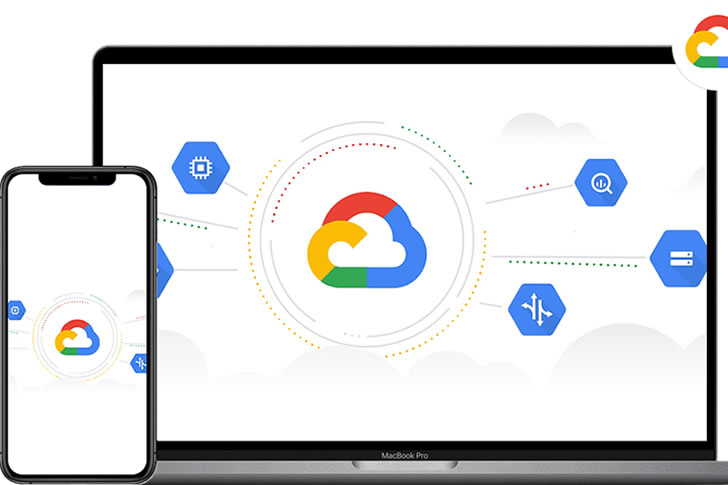Tips for Reducing Costs on Google Cloud Platform
Securing cheap Google Cloud solutions can significantly impact your business’s bottom line. Here’s how to secure and make full use of this powerful platform.

Understanding Google Cloud Pricing
Google Cloud Platform (GCP) offers various pricing models to fit different needs and budgets. The key is to understand these models and choose the one that aligns with your usage patterns.
1. Utilize Free Tier Offerings
Google Cloud provides a free tier with limited usage of several services, which is ideal for small projects or to test services before full-scale deployment. This includes 28 instance hours per day of Google Compute Engine and 1 GB of network egress in North America per month.
2. Opt for Sustained Use Discounts
GCP automatically applies sustained use discounts for certain services if you run them for a significant portion of the month. For example, Compute Engine instances can earn up to a 30% discount with sustained use.
3. Leverage Committed Use Contracts
For predictable workloads, committed use contracts offer significant savings. By committing to a one or three-year usage plan, you can save up to 57% compared to pay-as-you-go pricing. For instance, committing to a standard n1-standard-8 instance (8 vCPUs, 30 GB memory) can reduce costs from $274.99 per month to as low as $118.49.
4. Preemptible VM Instances
Preemptible VM instances are short-lived and more affordable, perfect for fault-tolerant and batch workloads. They offer the same performance as regular VMs but at a significantly lower cost—up to 80% less. A preemptible n1-standard-1 instance costs approximately $0.01 per hour, compared to the regular $0.0475 per hour.
5. Utilize Custom Machine Types
Instead of using predefined machine types, you can create custom machine types that match your exact needs, ensuring you don’t pay for unused resources. This flexibility can lead to cost savings, particularly for unique workloads.
6. Google Cloud Storage Classes
Selecting the appropriate storage class for your data can also lead to savings. Google Cloud offers four main storage classes: Standard, Nearline, Coldline, and Archive. For infrequently accessed data, Nearline, Coldline, and Archive storage options are significantly cheaper. For example, Nearline storage costs $0.01 per GB per month, while Coldline and Archive cost $0.004 and $0.0012 per GB per month, respectively.
7. Explore Google Cloud Pricing Calculator
The Google Cloud Pricing Calculator is a handy tool to estimate costs based on your specific needs. By simulating different configurations and usage patterns, you can find the most cost-effective solution.
8. Monitoring and Optimizing Usage
Regularly monitor your usage and optimize accordingly. Google Cloud’s built-in monitoring tools can help identify underutilized resources, which can be resized or decommissioned to reduce costs.
9. Take Advantage of Google Cloud Credits
Google offers various credits to new customers, startups, educational institutions, and non-profits. These credits can substantially reduce your initial costs, providing a cushion while you scale up your usage.
Examples of Cheap Google Cloud Solutions
To give you an idea of the potential costs, here are some example configurations and their monthly costs:
- Small Web Application: Utilizing a small n1-standard-1 instance for web hosting can cost around $24.72 per month.
- Data Storage Solution: Storing 1 TB of data in Nearline storage would cost $10 per month.
- Machine Learning Training: Using a preemptible n1-highmem-8 instance (8 vCPUs, 52 GB memory) for machine learning tasks can cost around $87.60 per month.
Conclusion
Securing cheap Google Cloud solutions involves a mix of understanding your needs, leveraging Google Cloud’s pricing models, and continuously monitoring and optimizing your usage. By taking advantage of free tiers, sustained use discounts, committed use contracts, preemptible instances, and custom machine types, you can significantly reduce your cloud costs while maintaining robust and scalable infrastructure.







Recent Comments